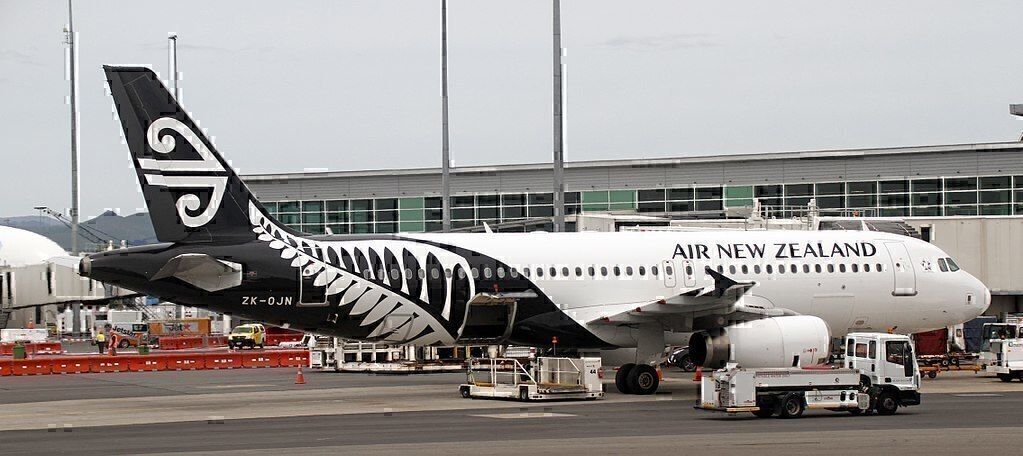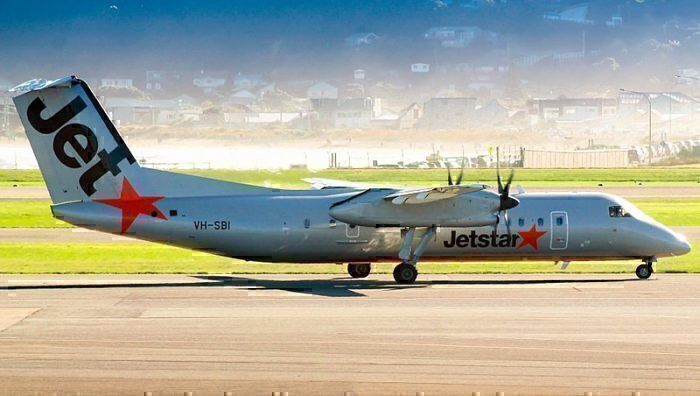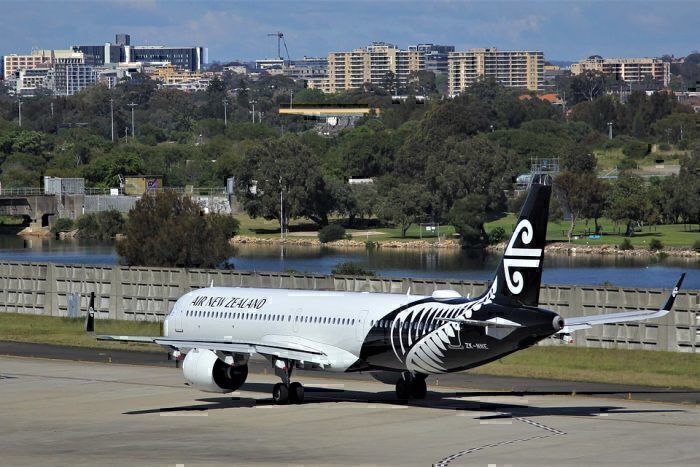The cost of domestic flights in New Zealand increased by 12% in the December 2019 quarter, according to data released last week by Statistics New Zealand.
Prices rose on main trunk routes and regional routes. The government agency noted that airfares do usually rise in the December quarter. New Zealand’s NewsTalk reported that this comes despite Air New Zealand decreasing lead in airfares on 41 routes at the start of 2019.
A couple of factors at play
The New Zealand Airports Association is predicting a significant increase in airfares in 2020. They attribute this to Jetstar exiting the New Zealand regional market and changes to the Civil Aviation Act.
Jetstar ceased flying five regional routes across New Zealand late in 2019. Jetstar attributed that decision to continuing losses on the route, increasing operating costs, and softening demand.
New Zealand’s revamped Civil Aviation Act is set to change the way airports can impose charges. Airlines have lobbied for the changes but it means smaller regional airports could struggle to meet overheads, with costs likely to be passed onto passengers.
In an interview, New Zealand Airports Association CEO, Kevin Ward, suggests Air New Zealand is reacting to Jetstar exiting regional domestic routes and adjusting its pricing and capacity.
When asked if New Zealand’s domestic aviation market was too small to allow for profitable competition, Mr Ward agreed and said;
“That raises the question of whether government and policy-makers need better information about what’s going on out there. If you can’t leave it to the market, then you need more transparency so people can respond to a red flag like the statistics data.”
Aviation boss questions Air New Zealand's profits
Mr Ward questioned whether Air New Zealand was charging too much for tickets. He said it was important the airline was profitable but said additional or excessive profits could reduce people’s choices.
The Airports Association CEO also suggested more detailed data be collected on airfares in New Zealand. Citing Australia’s comprehensive BITRE data, Mr Ward said the absence of such data for New Zealand was a missing link.
Air New Zealand the dominant player
Air New Zealand dominates domestic aviation in New Zealand. There were approximately 14 million domestic airline trips made in New Zealand last year. That has grown 20% in five years. Air New Zealand has over 80% of this market. Other airlines such as Jetstar, Air Chathams, and Origin Air fight for the remaining market share.
Air New Zealand’s market share will increase now Jetstar has cut its regional New Zealand routes.
Air New Zealand made a net profit of NZD$270 million in the last financial year, a drop of 31% on the previous year. This has set off a root and all review at the airline.
With a near-monopoly position, Air New Zealand is frequently accused of charging high fares. When Jetstar announced it was exiting regional routes, the big Kiwi airline had to publicly assuage fears and promised it would not be increasing fares or reducing capacity on the affected routes.
New Zealand's Civil Aviation Act is changing
Additionally, the impact of sweeping changes proposed last year to New Zealand’s Civil Aviation Act should not be underestimated.
The changes have been styled as modernizing and updating previously unwieldy legislation. New Zealand’s Transport Minister, Phil Twyford, said last year;
“Safety is our top transport priority and the proposed laws will make our airports, and flying, safer for New Zealanders and visitors to our country.”
What the changes also do is shakeout passenger fees and charges – something airlines like Air New Zealand have long lobbied for.
Some shifting of cost burdens
But Kevin Ward argues the much of the cost burden of these fees and charges will shift from airlines to airports. Smaller airports will find the additional costs particularly hard to absorb. Ultimately, Mr Ward argues the cost burden will be passed onto passengers in the form of higher fares.
Reform is rarely cost-free. The argument that New Zealand’s aviation legislation needed a shakeout is a valid one. But in a market already susceptible to high airfares, predictions of further increases won’t please anybody.
Except perhaps Air New Zealand. With some operating costs shifting off their books, that could be good news for their future balance sheets.



